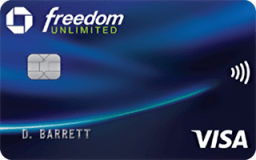Online banking offers the convenience of managing finances anytime, anywhere — from checking balances to making payments. This ease of access has made online banking a popular tool for many, but it comes with risks concerning the security of your banking data, such as phishing, malware and unauthorized access.
Banks implement advanced security features like encryption, two-factor authentication and fraud monitoring to protect customer information, but relying solely on these measures may not be enough. You can also take proactive steps to enhance your security and ensure your financial data remains protected while banking online.














